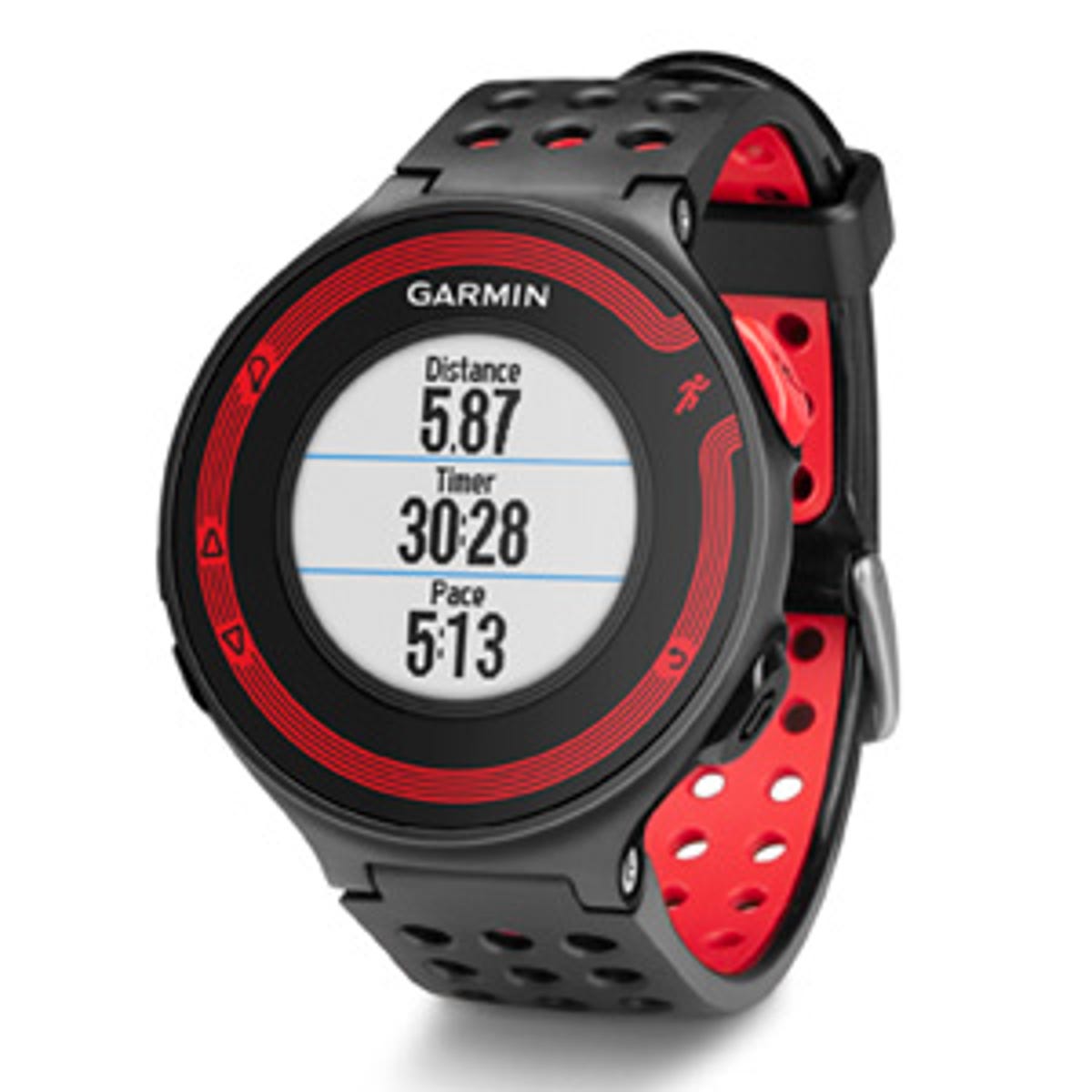I haven’t charged my Fitbit Ultra in over three weeks. And I doubt I ever will again.
Ever since I bought an iPhone 5S, I’ve kept an eye on how the embedded M7 motion coprocessor chip, which can track and store motion information, would be used. It wasn’t clear when the iPhone 5S was launched exactly how the M7’s data would be available, but after a few months, fitness apps like the Nike+ Move have started adding support for basic step-counting functionality.
While I started tracking my steps with both my Fitbit and Nike’s app at first, the clincher for me was when the Fitbit app for iOS was updated at the end of 2013, allowing the standard Fitbit app to track steps using the iPhone 5S’s internal hardware. Now I could get nearly the same activity tracking using just my phone, in the same interface that I was comfortable with, and it was clear there was no reason to carry and charge a second device.
Another device replaced by the ‘good enough’ smart phone
The fitness tracker wouldn’t be the first device replaced by smartphones. Point-and-shoot cameras are the obvious example, but smartphones have largely taken the place of several other dedicated devices, like portable audio players (read: iPods), standalone GPS devices, and basic voice recorders.
It’s really remarkable how many products have been made almost completely obsolete or redundant by the smartphone and its apps.
— Marco Arment (@marcoarment) December 3, 2013
As for just how good the M7 chip is at tracking your motion, Kelly Hodgkins at TUAW did some excellent testing comparing the iPhone 5S’ performance as a fitness tracker with that of the Fitbit Force and Jawbone Up24. The results showed the iPhone 5S to offer very comparable performance for exercise sessions, but it did considerably worse at tracking day-to-day activity.
However, Kelly attributes much of the iPhone 5S’ performance shortcomings to the fact that she found herself not carrying her phone for many daily activities. Since my phone is nearly always in my pocket, I expect performance should be much better; at least good enough to give basic feedback on those days when I’m not moving as much as I should.


Fitbit
After I told the Fitbit app to start tracking my activities with my iPhone 5S, the company promptly sent me an e-mail nudging me to upgrade to a full fitness tracker. And it’s true: Fitbit’s dedicated trackers have some advantages, such as also tracking your sleep patterns, the minutes you’re “active,” and the number of floors climbed. But the iPhone 5S’ basic activity tracking is “good enough” for me — especially since I felt the Fitbit’s sleep tracking never worked all that well — and I appreciate the chance to eliminate another device from my pocket.
What does this mean for the future of wearables?
My experience feels like a warning sign for the emerging wearables market. For many people, the iPhone 5S’ basic activity tracking will hit the crucial “good enough” level, and it won’t be long before activity tracking becomes a standard feature on smartphones. (The Samsung Galaxy S4 also does activity tracking.) I’m not sure that wearables that just track your activity have much of a future.


Garmin
But that doesn’t mean wearables and fitness trackers will be completely replaced. In fact, I just recently purchased the Garmin Forerunner 220 GPS watch, because I like the more detailed data for running and don’t like wearing a bulky smartphone on an armband. (I also found that my Fitbit was much less accurate than my older Garmin Forerunner 305 watch for tracking running.) For the wearables category, that means dedicated devices will need to move beyond simple step-counting and offer more advanced functionality that matters, just as high-end digital cameras continue to flourish, even while most people move to taking photos with smartphones.
And for Fitbit, the company is smart to open up its app to the iPhone 5S’ M7 processor, even if it means I probably won’t buy another of its activity trackers. It keeps me as a “Fitbit user,” and the company offers a premium software subscription for $50 per year if you want more detailed data and goal-setting features. Better for Fitbit to evolve to become a more software-focused company than to react too slowly to the changing market and end up going the way of Kodak.
Update, 12:45 p.m. PT: This story has been updated to clarify that activity tracking is available on other smartphones, such as the Samsung Galaxy S4.



